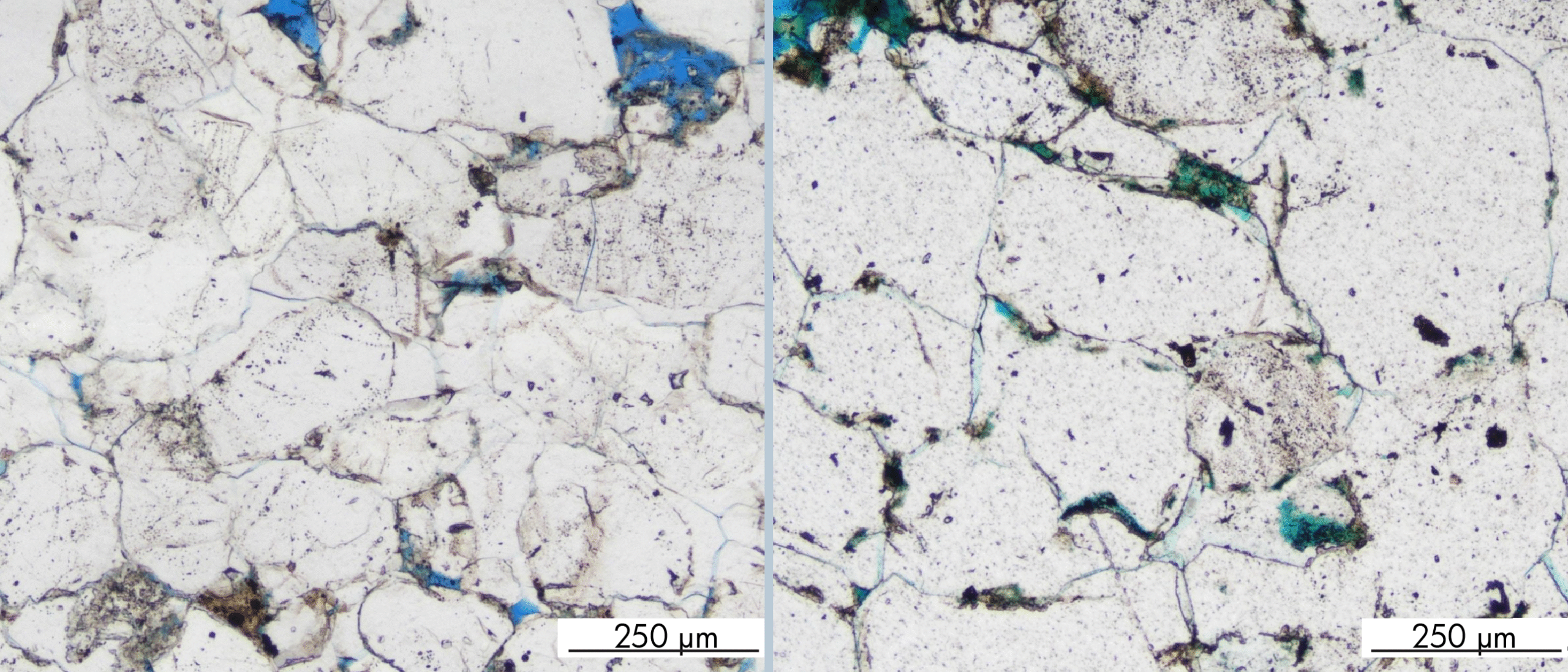Similar to Carboniferous reservoirs being prospective north of the Rotliegend pinch-out in the Southern North Sea, the Cook Formation is prospective north of the Brent pinch-out in the Northern North Sea. It is the latter that is now being tested further by drilling 34/6-5S.
The well is situated on the Tampen Spur, close to the western margin of the Viking Graben and about 15 km north of the northern margin of the Visund field. It is operated by Equinor and partnered by Aker BP (30%) and Vår Energy (30%).
The first attempt to prove hydrocarbons in the area was in 2002 when Conoco drilled 34/6-1S a little to the west of the later Akkar discovery. This well turned out to be dry.
Garantiana
Total returned to the area ten years later, in times of high oil prices, and drilled 34/6-2S&A (Garantiana). The French encountered a 100 m oil column in Cook Fm sandstones, but the secondary Upper Triassic target was water wet. The production rate was 5000 barrels of oil per day through a 28/64-inch nozzle opening.
Two years later, Total further appraised the Garantiana discovery through drilling 34/6-3S and this time found a 120 m gross oil column in the Cook Formation. Again, the underlying secondary targets were dry. Garantiana is now estimated to contain about 63 MMboe recoverable.
Akkar
The side track (34/6-3A) then drilled towards the northwest proved another oil accumulation in the Cook Formation, a 12 m column named Akkar, with recoverable reserves estimated to be 3 MMboe.
The well now spudded by Equinor and partners is located on strike with the Akkar discovery, and unsurprisingly the primary target is the Cook Formation. Given that this closure was not on the radar for drilling earlier suggests that the volumes are likely to be smaller than Garantiana, but any incremental proven volumes will no doubt add momentum behind tying the field back to Visund infrastructure.
Low risk
Migris – the company that specialises in modelling hydrocarbon generation and migration, earmarked the 34/6-5S well as having an 98% probability of having experienced oil charge. Therefore, if the trap is valid, there is a high probability of encountering oil in this well.
HENK KOMBRINK
The Brent sand pinch-out line was derived from Skarpeid et al. (2018).





